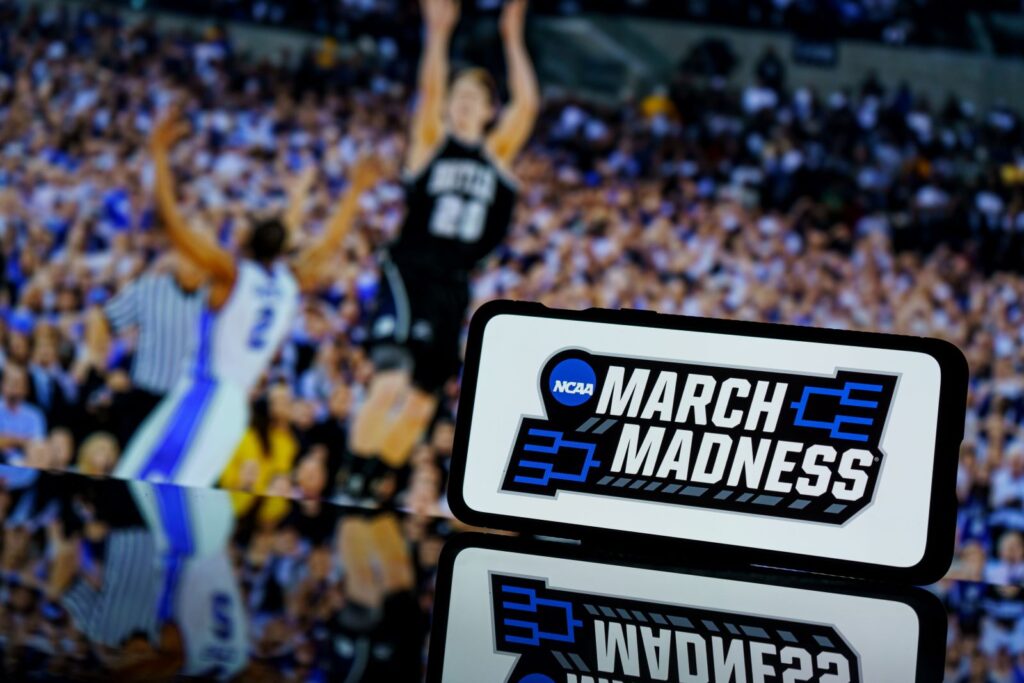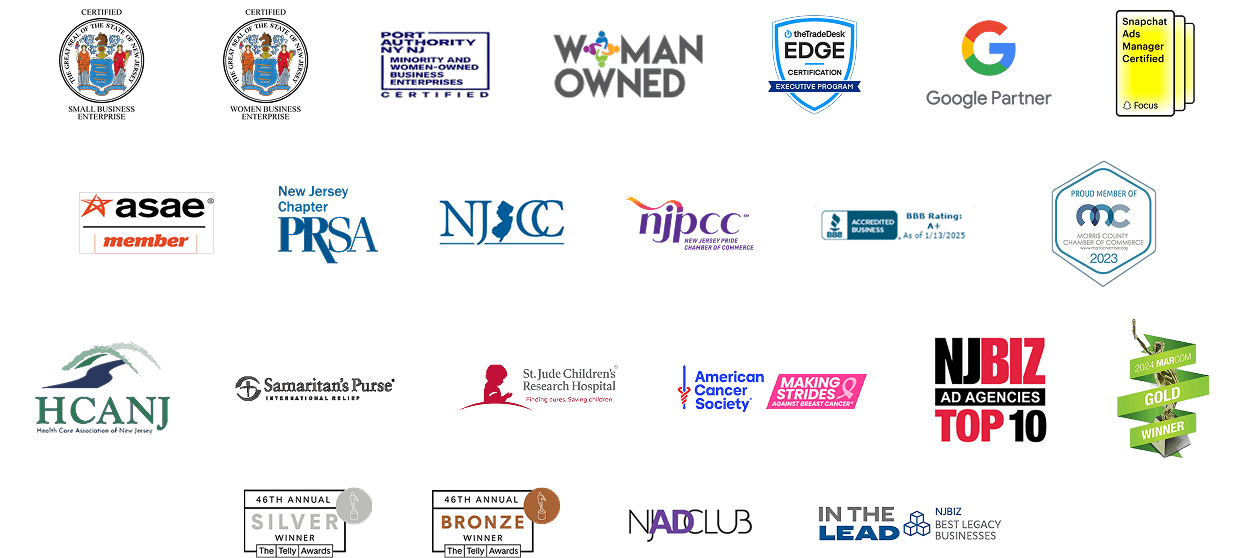March Madness or Advertisement Heaven?

March is here! To some, that might indicate Saint Patrick’s Day is near or even Palm Sunday. Yet there is a specific group of people that only care about March for one reason. March Madness. As a fan of March Madness, and a former collegiate athlete, I can appreciate the passion brought by fans each year.



